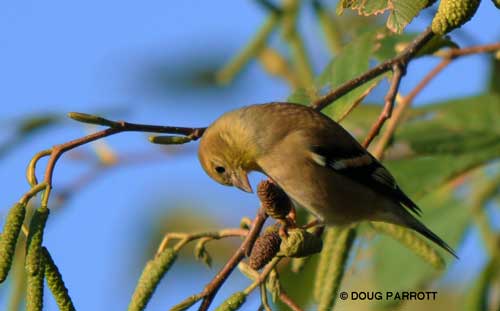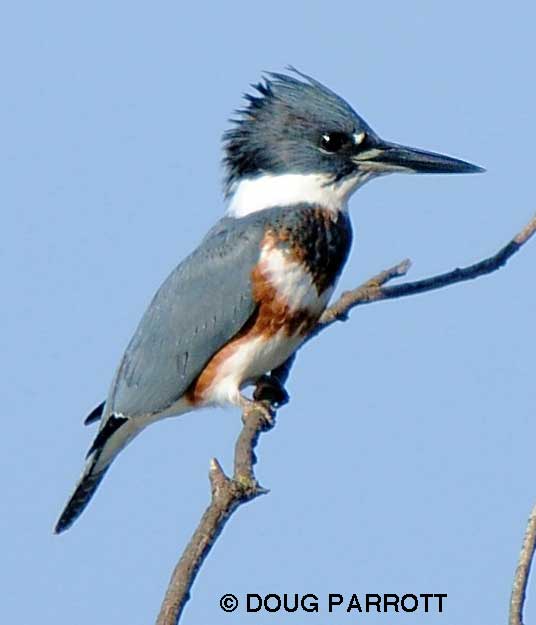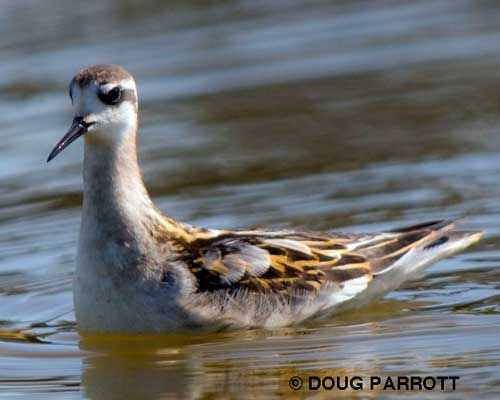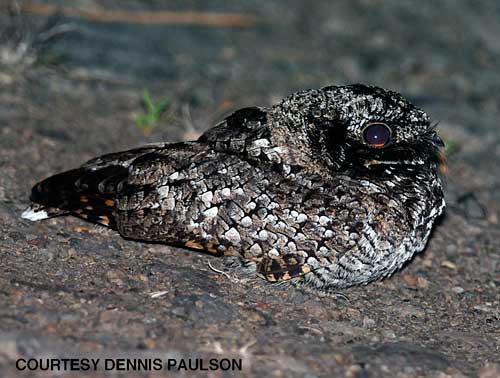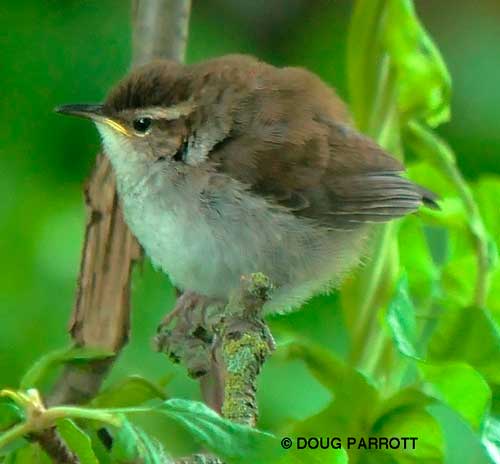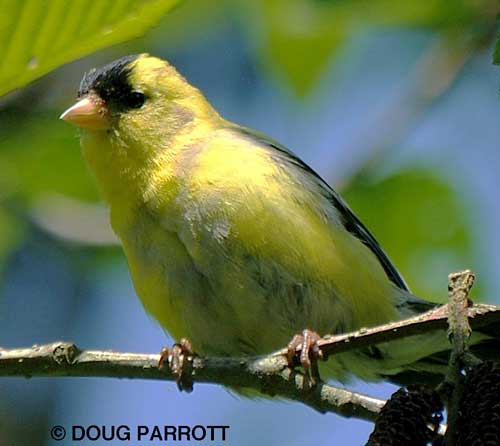The enormous American Goldfinch flock that has assembled recently to feast on the abundant seeds in Hunn Meadow East was teasing the two juvenile Cooper’s Hawks again yesterday. The hawks are teaching themselves how to hunt effectively for their favorite prey: any bird they can catch. The trouble is, they simply cannot catch the faster, more maneuverable goldfinches.
The finches know this, and so they cheerfully gather in the little hawthorn tree whenever one of the hawks perches there. The poor hawk twists its head this way and that, trying to grab one—like a kid grabbing at popcorn—but this never works. Sometimes, the hawk tries so hard I think it’s going to twist its head right off its neck, like a piece of wire you wiggle until metal fatigue splits it in two. All to no avail.
Eventually, the hawk gives up and—head still firmly attached to body, luckily—flies to the Triple Tree, a set of three tall cottonwoods growing in the middle of the field. Invariably, the would-be prey fly off in a finch-cloud in all directions, chattering a warning to any other likely prey. “The hawk is coming! The hawk is coming!” after which all birds simply disappear.
It’s an example of how a flock works for the good of all. Many species of birds begin to flock together at this time of year for reasons of safety. The more eyes, the better, they seem to believe. The more voices, the louder the warning. The more wings flapping, the greater the confusion.
Within a goldfinch flock, though, you can also see that each bird is an individual. For one thing, they all seem to be molting out of their bright gold feathers at their own pace. Some birds are already completely dull, ready for winter. Others have barely begun. I often wonder if these procrastinators procrastinate the same way every year, habitually late to turn in their homework, as it were. Or maybe an individual makes the molting deadline most seasons, but this fall got a little behind, for whatever reason.
I’ve counted more than 500 American Goldfinches in the flock, each one an individual, yet each also contributing to the safety of the whole. I like to watch them as they go about their birdly business because it reminds me of the push-pull we humans also experience as we try to strike a balance between individual versus community. Like the goldfinches, we too are individuals, but we are also social creatures.
The first few years of the 21st century have demonstrated that we live in a time when individuality amongst our own species is at an all-time high. So I feel grateful to the goldfinches for reminding me that me too is also we too, and self should never become selfish.

